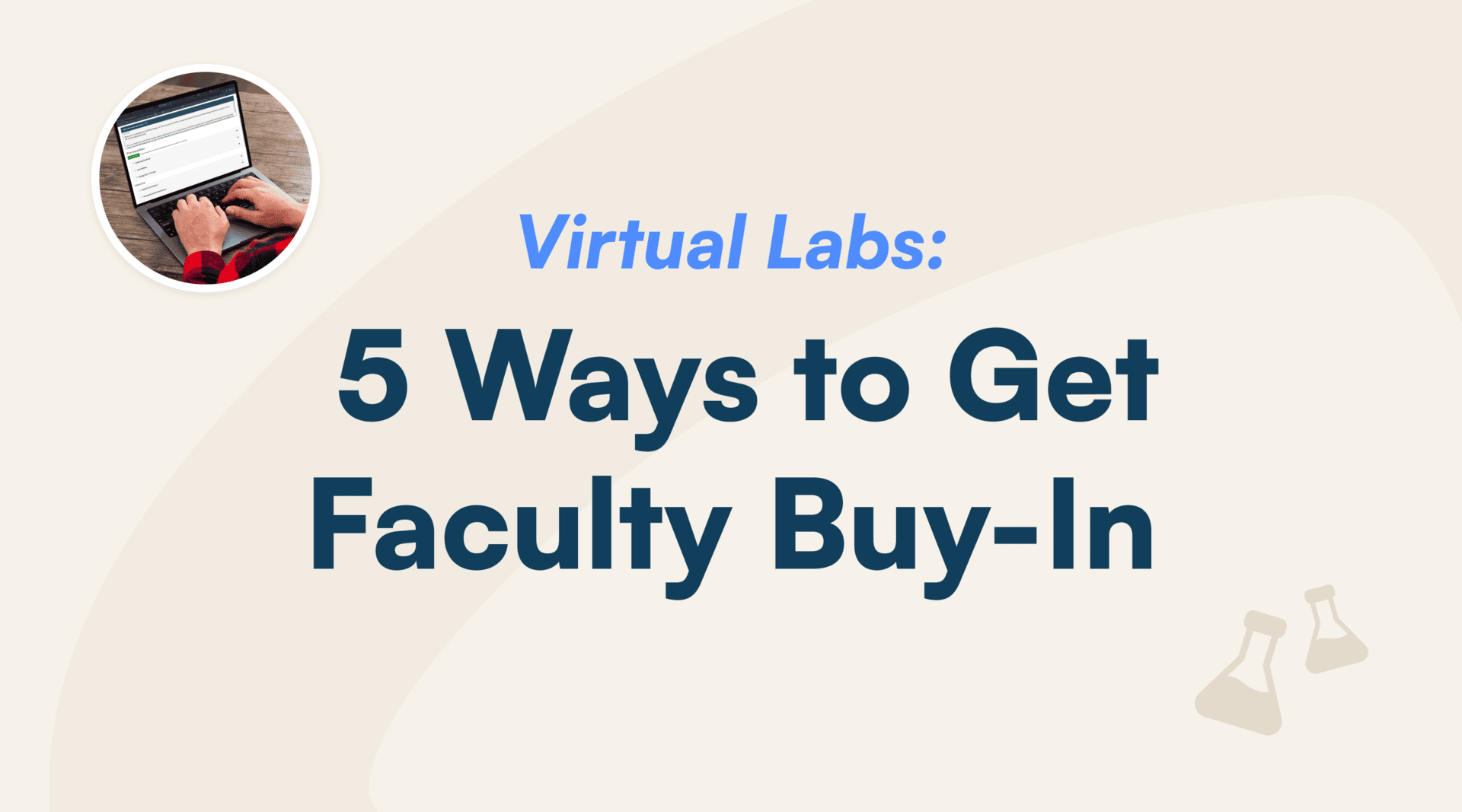Summary
Ready to increase access to your science program? Want to bump up course enrollment numbers? Think online is the solution? There’s just that one thing holding you back: faculty hesitation, avoidance, or out-right resistance.
Faculty buy-in for teaching online is crucial for course and student success. But we get it—change can be hard and doing something new can be nerve racking. Most faculty have spent years refining material, lecture delivery, assessment rubrics, and instructional style, and being unsure of how these elements will translate and how it impacts the quality of the experience in an online environment is valid. The good news is that this guide can help you. We’re sharing the more effective strategies for getting faculty onboard with delivering interactive online science labs, including ways to address concerns about the quality of online education and supporting faculty in their own professional development.
Understanding Faculty Resistance
Understandably, many faculty may be left with a bad taste in their mouth around the low quality of what was offered and challenges presented during COVID; however your goal is to shift that perspect to show instructors that an intentionally designed online course is different than the emergency shift to remote learning. With a hefty body of scholarly research that now informs best practices and pedagogy for how to deliver high quality online courses that support student success, studies continue to demonstrate increasingly positive views of online learning. For example, research out of Wiley shows that 94% of students hold a positive view on the effectiveness of online education, while survey data from the 2023 Annual Lab Report indicated that the vast majority of instructors (78%) and students (81%) were satisfied with their online lab experience.
Still, there are some unique challenges with delivering online interactive science labs, including ensuring student preparedness, quality, and rigor as well as recreating hands-on lab work—unique considerations that may fuel uncertainty for resisting faculty. It’s important to understand these concerns, and where they come from, so that you can determine ways to address them.
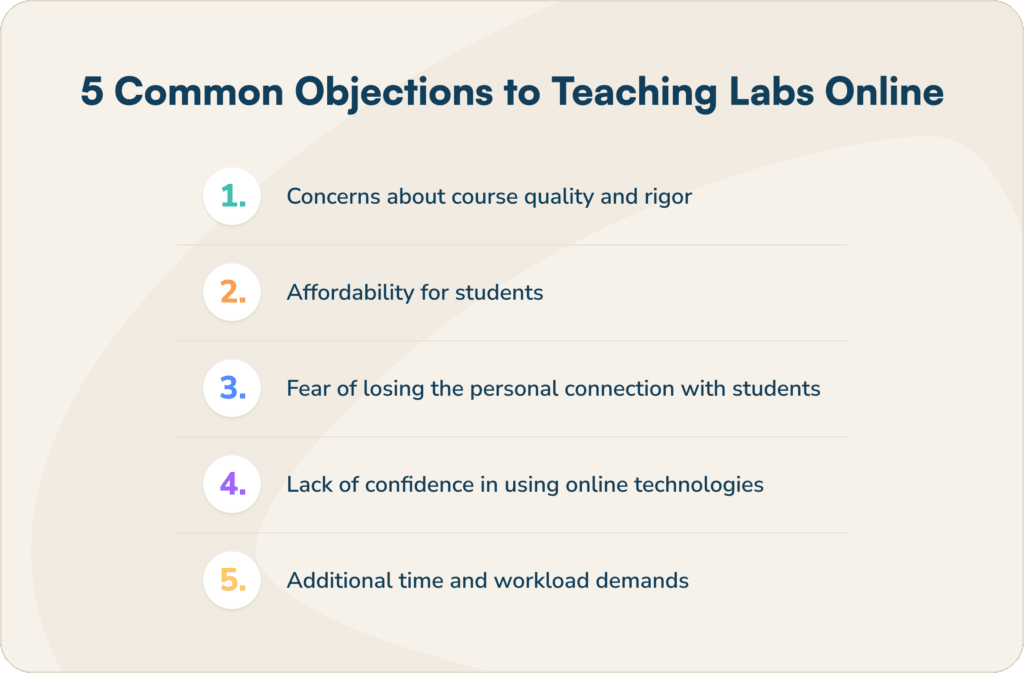
Despite these challenges, many institutions have been able to deliver interactive online science labs successfully, using proven strategies that mitigate these concerns and build buy-in for a quality online learning experience.
How to Overcome Objections to Teaching Interactive Online Science Labs
Your approach to online labs matters. Use the following tactics to help assure faculty that teaching science online can be comparable to an on-campus experience, without additional burden.
Objection 1: Concerns about course quality and rigor
Faculty often worry that online courses may not maintain the same level of academic rigor as in-person classes, potentially leading to lower student engagement and learning outcomes.
What to do: Incorporate Hands-on Learning & High-Quality Curriculum
To learn science, you have to do science. Plain and simple.
In an online setting, it’s no different. Hands-on learning is nonnegotiable. What’s more, students expect it. Nearly 80% of students surveyed said they want to conduct hands-on experiments in their online lab courses because it helps them learn the knowledge and skills needed. Similarly, three-fourths of surveyed instructors using hands-on labs said this created a learning experience comparable to that of in-person lab. The key is pairing those hands-on labs with virtual labs.
This combination allows students to build foundational knowledge through virtual labs, explore concepts in a safe, controlled virtual environment, and then apply their skills in a real-world, hands-on setting, whether that’s at home or on campus. Use ready-made hands-on lab kits to provide students with the opportunity to put what they learned during virtual labs into practice. The result is a cohesive learning journey that reinforces concepts, engages students, and accommodates different learning preferences.
Similarly, if you want your online science labs to meet the same standards of quality as your on-campus labs, the curriculum must be intentionally designed for the online environment. This isn’t just about uploading content to your LMS and creating a passive learning environment. It’s about adapting and transforming it to meet the needs of today’s digital learners. Consider how content is delivered…its accessibility, interactivity, flexibility, and the provision of adequate support and feedback—all while ensuring alignment with learning objectives and effective time management. Curriculum tailored to an online environment that’s aligned with Quality Matters standards can take advantage of the unique strengths of digital learning and addresses the specific challenges and opportunities of online learning settings.
Objection 2: Affordability for students
A common concern among faculty is that the cost of required technology may create barriers for some students, leading to unequal learning opportunities. Additionally, expenses for online course materials and textbooks can add financial strain, making education less accessible for all students.
What to do: Balance costs with practicality
Because hands-on kits are similar to textbook and other course material purchases, students can often use scholarship or financial aid funds for these courses. That said, not every lab needs to be or should be a hands-on lab. The most effective online lab modality is a mix of hands-on with virtual simulations. When you add in virtual simulations, you’ll not only keep costs reasonable but you’ll also reinforce and supplement learning. You can also use providers that integrate OpenStax textbooks into their lab management system. This provides students with free, high-quality, peer-reviewed, openly licensed textbooks—further reducing costs for course materials.
Objection 3: Fear of losing the personal connection with students
Your faculty may fear online teaching could weaken their personal connection with students, making it harder to build rapport and provide individualized support. The lack of face-to-face interaction can also lead to decreased student engagement, making it difficult to gauge understanding and foster meaningful discussions.
What to do: Encourage Connection Outside the Classroom
In online learning, fostering connections is crucial for student engagement, motivation, and overall success. These connections can be between students, instructors, and even the broader online learning community. Ensure faculty that they will have the technology and training needed to encourage connection outside the classroom. From interactive online science lab activities like online discussions, virtual events like class icebreakers and office hours, and virtual lab partners—a staple of on-campus lab experiences—faculty can create a strong course community online.
Objection 4: Lack of confidence in using online technologies
Some faculty members feel uncertain about their ability to effectively use online teaching tools, fearing technical issues could disrupt learning and diminish their credibility. Plus, the rapid evolution of tech tools can be overwhelming, making it challenging to stay up to date and confidently integrate new tools into their teaching.
What to do: Allocate Resources to Faculty Training
From pedagogy to technology, you might be wondering how to share information and research as well as enable faculty’s professional development. One approach to tackling this problem is to develop materials that present information in small bites. Rather than suggesting an entire book or set of articles to an instructor interested in exploring a given topic, create a quick reference guide that covers the basics and offers tips and advice for applying the idea in the classroom. Involve your department’s instructional designer(s), IT, and office of online learning to ensure your instructors have professional development, training, and resource opportunities in the areas of online instruction, pedagogy, and technology. And you don’t have to do it alone. Don’t be afraid to leverage other training resources, including Quality Matters and the Online Learning Consortium.
Objection 5: Additional time and workload demands
Faculty often worry that teaching online requires significantly more time for course preparation, grading, and student engagement compared to traditional in-person classes. They also face challenges in balancing their existing workload with the additional demands of continuous online support to students.
What to do: Incorporate Active Learning & Start Small
Recreating the hands-on aspect online is possible using hands-on labs and kits—an essential component of ensuring quality online. In fact, 75% of instructors using hands-on labs say it’s this element that fosters a quality learning experience, comparable to that of in-person lab. What’s more, data show that the significant majority of instructors using hands-on labs (77%) found them easy to incorporate into their courses.
Still, a common question asked by faculty as they begin the task of incorporating active learning techniques and strategies into their teaching is, “How much time will this take?” This is an understandable concern, given the many demands on their time and energy. Some activities do require more preparation, but others are more easily implemented with minimal disruption to an instructor’s existing teaching practices. Starting small with these activities and techniques is a solid approach to building a foundation on which to construct more complex strategies.
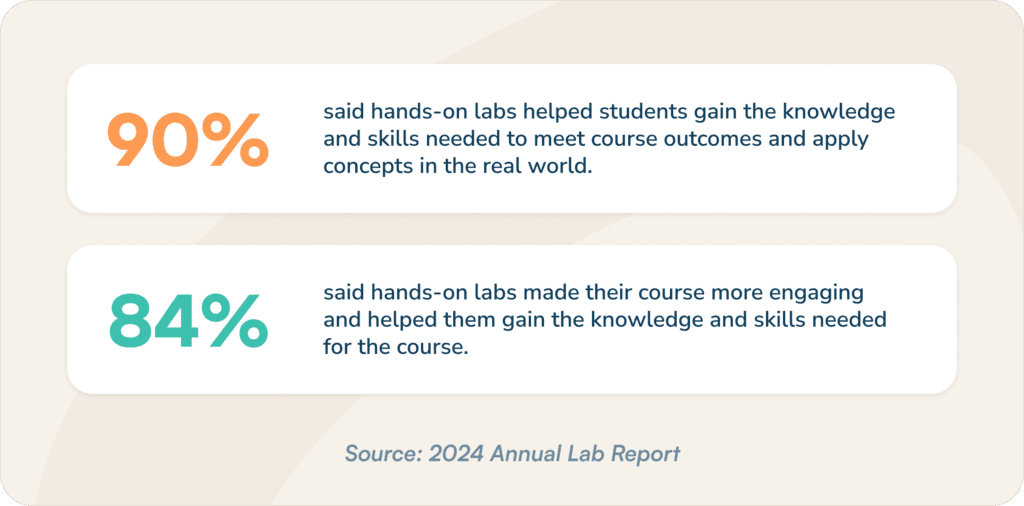
Top 10 Questions Faculty Will Ask
Being prepared is the first step in building buy-in. While every program is different, and your circumstances and resources will determine how you respond to these questions, being able to anticipate potential questions and concerns can help you get ahead of skepticism around transitioning your labs online. That’s why we’ve put together 10 of the most common questions instructors ask before they start teaching online.
The Top 7 Questions Faculty Might Ask Before Teaching Science Labs Online
- What teaching methods and skills are most effective for online courses?
- What technical skills do I need to teach online effectively?
- What level of availability and responsiveness is expected?
- What support can I expect from the institution?
- What are the performance and evaluation expectations for online instructors?
- What compensation and incentives are provided for online teaching?
- What training opportunities are available for online teaching?
5 Strategies to Start Building Faculty Buy-In Now
- Communicate the Benefits of Online Courses
Effectively communicating the value of online teaching & learning is essential for building faculty buy-in. By showcasing real success stories, establishing your faculty’s list of non-negotiables, and using them in course design, you can foster greater enthusiasm and participation.
Share Success Stories and Data from Other Institutions
- Proven results: Highlight case studies and data showing improved student outcomes, higher retention rates, or innovative teaching practices from peer institutions.
- Faculty testimonials: Share stories from faculty who have successfully transitioned to online teaching, emphasizing their positive experiences.
- Impact on students: Provide examples of students who benefited from the flexibility and accessibility of online learning.
Align with Institutional Goals and Student Needs
- Support strategic priorities: Show how online teaching aligns with broader institutional goals, such as increasing enrollment, improving student success metrics, or expanding educational access.
- Meet modern learner expectations: Emphasize the demand for flexible, high-quality education options, especially from non-traditional and working students.
- Increase reach and impact: Frame online teaching as a chance to impact a wider student population and contribute to the institution’s broader mission.
Positive Impacts of Faculty Engagement
- Improved student outcomes: Online learning often leads to better engagement and academic performance when implemented effectively.
- Higher faculty satisfaction: Many instructors report increased satisfaction with their teaching when given the tools and support to succeed online.
- Innovation and collaboration: Online teaching fosters cross-departmental collaboration and the adoption of innovative teaching technologies.
Institutional Benefits
- Increased enrollment opportunities: Online programs attract a broader pool of students, including those outside traditional geographic boundaries.
- Expanded access: Provide opportunities for students who might otherwise be unable to attend in-person classes.
- Enhanced reputation: Institutions with strong online programs are seen as forward-thinking leaders in education.
By communicating these benefits clearly and consistently, institutions can create a culture where faculty see online teaching not as an obligation, but as an opportunity for growth, innovation, and impact.
- Ensure Faculty Feel Heard & Valued
Talk to faculty and establish a list of their non-negotiables. Take that list as the common ground upon which you can build and design your online offerings. Ensuring instructors feel heard, seen, and, most importantly, connected to the cause is critical for fostering trust and encouraging active participation in online teaching initiatives.
Listening and Addressing Concerns
- Host forums and listening sessions: Create spaces where faculty can openly share concerns, ask questions, and discuss challenges related to online teaching.
- Conduct anonymous surveys: Provide opportunities for faculty to share candid feedback without fear of repercussions.
- Provide resources and support: Offer resources and support for faculty members to address challenges related to teaching, research, or professional development.
- Practice active and empathetic listening: Pay close attention to what faculty members have to say, ask clarifying questions, and avoid interrupting.Acknowledge and validate faculty’s feelings and perspectives, even if you don’t agree with them.
- Close the feedback loop: Clearly communicate how faculty feedback will be used to inform decisions and demonstrate tangible changes based on their input.
Building a Shared Vision & Teaching Community
- Involve faculty in course design: Engage faculty in the design and implementation of online courses to build trust and ownership.
- Form a faculty task force: Establish a group of faculty champions who can advocate for online teaching and share best practices with their peers.
- Collaborative goal setting: Work together with faculty to establish shared goals and expectations for online teaching and learning.
By prioritizing open communication, transparency, and collaboration, you can create an environment where faculty feel valued, respected, and motivated to contribute to the success of online teaching initiatives.
- Motivate through Faculty Support & Training
People aren’t motivated to try something new or adapt to change if they don’t feel prepared or confident in their abilities to do so. Equipping faculty with the necessary training and resources for how to teach science labs online is essential for building confidence in online teaching, and a robust system of support can address many of their common concerns and objections while setting them up for long-term success.
Comprehensive Onboarding Programs
- Technology training: Offer structured onboarding programs focused on online teaching platforms, tools, and systems.
- Best practices workshops: Provide initial training sessions on effective online course design, student engagement strategies, and virtual classroom management.
Ongoing Technical and Instructional Support
- Dedicated help desks: Ensure faculty have ongoing access to IT support for troubleshooting technical issues.
- Instructional design teams: Offer ongoing collaboration with instructional designers to refine and optimize online courses.
- Resource libraries: Create easily accessible repositories of guides, video tutorials, and FAQs.
Pedagogical Support
- Teaching strategies: Share evidence-based best practices for online instruction. Offer guidance on pedagogical approaches suitable for the online environment, helping faculty adapt their teaching methods to the digital space.
- Community of practice: Foster faculty learning communities to encourage peer-to-peer support and knowledge sharing.
- Course design templates: Provide pre-built course templates to simplify the design and development process.
Reducing Workload Concerns
- Simplified processes: Offer ready-made templates and resources to ease the transition.
- Staggered implementation: Allow faculty to phase into online teaching gradually to avoid overwhelming workloads.
Creating Incentives and Recognition
- Financial support: Provide stipends, grants, or awards for faculty who develop and teach online courses.
- Celebrate achievements: Highlight faculty contributions through awards, newsletters, and institutional events.
- Professional growth opportunities: Offer professional development credits or certification programs for faculty engaged in online teaching.
By investing in comprehensive training, ongoing support, and meaningful incentives, you will empower faculty to excel in online teaching while feeling supported and valued.
- Foster a Culture of Collaboration
Creating a collaborative culture among faculty is essential for building a strong foundation for online teaching and learning. Collaboration fosters trust, encourages the sharing of best practices, and builds a supportive network.
Empower Faculty to Share Resources
- Centralized repository: Develop a shared digital space where faculty can access course materials, lesson plans, and teaching resources.
- Best practice archives: Maintain a library of successful strategies, course designs, and innovative teaching approaches.
Establish Clear Communication
- Ongoing forums and workshops: Host regular discussions and workshops to share updates, address concerns, and encourage dialogue.
- Communication Platforms: Use tools such as email groups, discussion forums, or project management platforms to facilitate ongoing collaboration.
- Success Stories: Share examples from institutions where faculty engagement forums have significantly improved collaboration and teaching outcomes.
Peer Mentorship Programs
- Mentor pairing: Pair experienced online instructors with faculty who are hesitant or new to online teaching.
- Knowledge sharing: Create opportunities, like monthly or quarterly workshops, for mentors to share practical tips, success stories, and strategies for teaching labs online.
Collaborative Working Groups
- Focus groups: Create small faculty groups to tackle specific challenges or innovations in online teaching.
- Joint course development: Encourage faculty members to collaborate on building and refining online courses together.
Cross-Departmental Collaboration
- Interdisciplinary projects: Foster projects that bring faculty from different departments together to create dynamic, cross-disciplinary courses.
- Shared events and conferences: Organize institutional conferences or retreats focused on online teaching best practices.
Feedback Loops and Continuous Improvement
- Regular feedback sessions: Provide structured opportunities for faculty to share their experiences with tools, platforms, and teaching methods.
- Iterative design processes: Regularly review and refine online course designs in collaboration with faculty input.
By fostering a culture of collaboration and creating structured opportunities for faculty to work together, you can be sure your transition to online courses and labs is sustainable.
- Monitor Progress & Measuring Success
Now is the time to reflect on your approach and ask yourself: Are we building buy-in and how do we know? By consistently monitoring progress and being responsive to the feedback you’ve collected throughout this process, you can make ongoing improvements to continue bolstering enthusiasm.
Here are some areas to take into account.
Key Metrics to Track
- Faculty participation: Track engagement levels in training sessions and online course development.
- Student success rates: Measure student performance, retention, and satisfaction in online courses.
- Faculty satisfaction: Regularly collect feedback on training, resources, and overall online teaching experience.
- Targeted focus groups: Conduct focus groups or individual interviews with faculty to gather in-depth feedback on their experiences with online teaching and their suggestions for improvement.
- Technology usage: Monitor faculty adoption and usage of online learning platforms, tools, and resources to assess their comfort level and effectiveness in using these technologies.
Adapt Strategies Based on Feedback
- Analyze data: Use insights from faculty and student surveys to refine training programs and support structures.
- Encourage innovation: Support faculty-led initiatives for improving online teaching practices.
- Iterative improvements: Regularly assess and adjust strategies based on measurable outcomes and feedback.
At the end of the day, if you can check off the following, you’ll be well on your way to securing faculty buy-in:
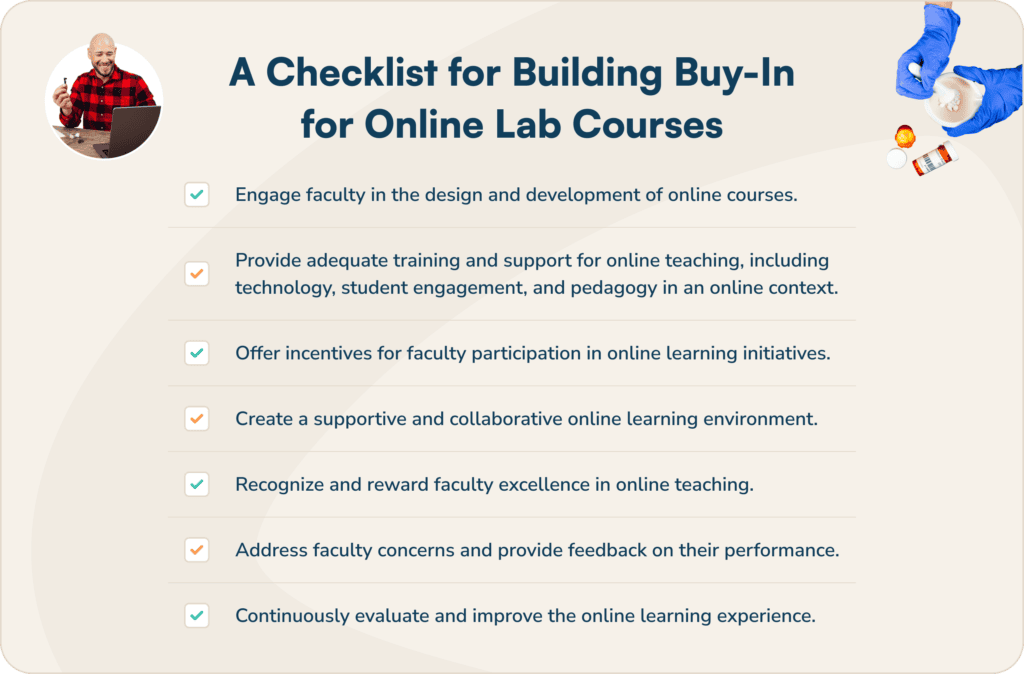
Final Thoughts
Creating buy-in among faculty for delivering interactive online science labs is not just about overcoming resistance—it’s about fostering a collaborative and forward-thinking culture. By addressing concerns, providing robust support, and engaging faculty in the process, you can transform hesitation into confidence. What’s more, this shift doesn’t just benefit faculty; it leads to better outcomes for students as well as positions your program to expand the reach of its offerings and build a sustainable online program.
Remember, the journey to faculty buy-in is as much about relationships as it is about strategies. By prioritizing open communication, offering meaningful support, and celebrating successes, you can foster a community of faculty ready to embrace online teaching and create a high-quality experience for students.
Discover more articles
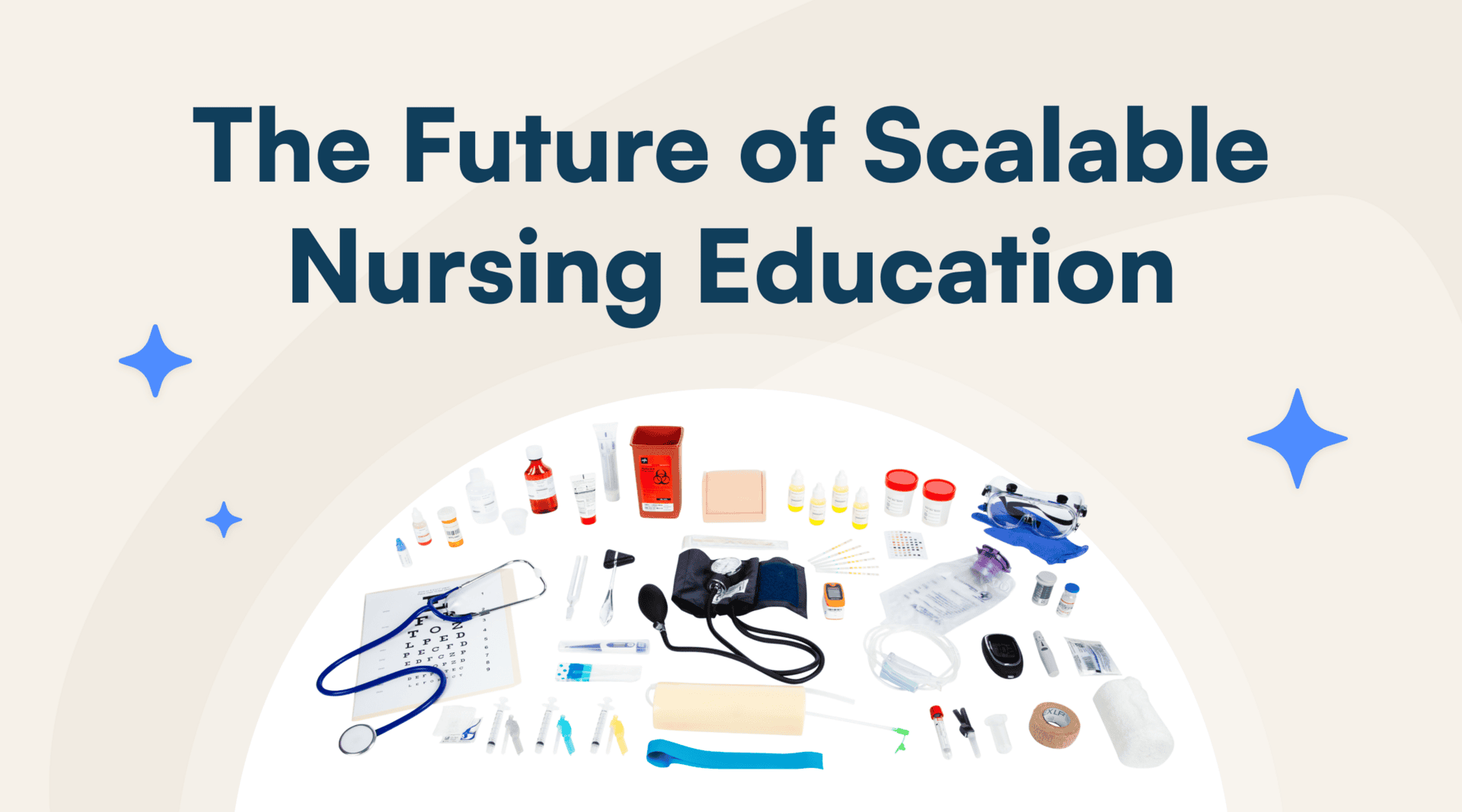
Science Interactive Launches New Nursing Fundamentals
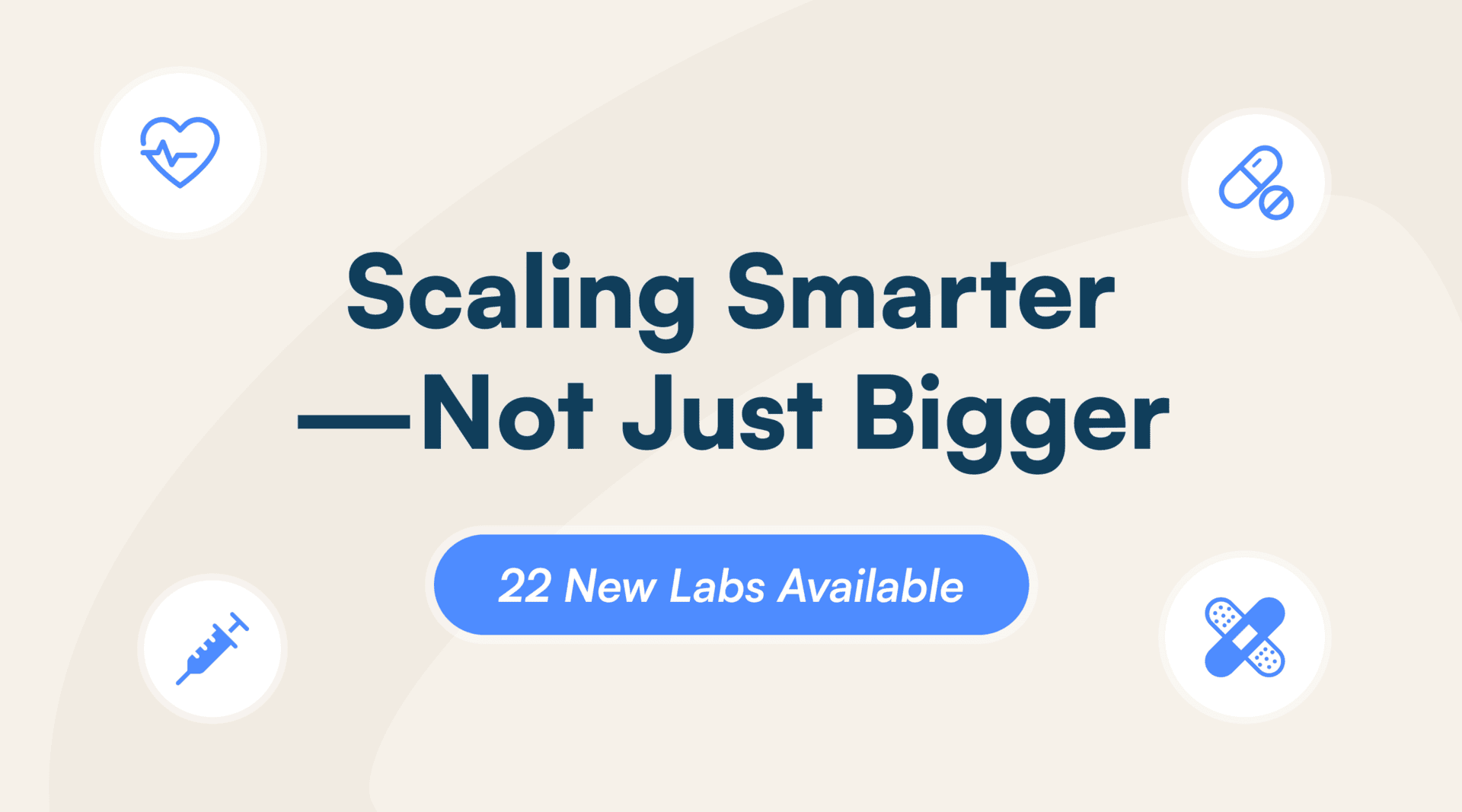
What Clinical-Ready Actually Looks Like (And How to Get There Sooner)

